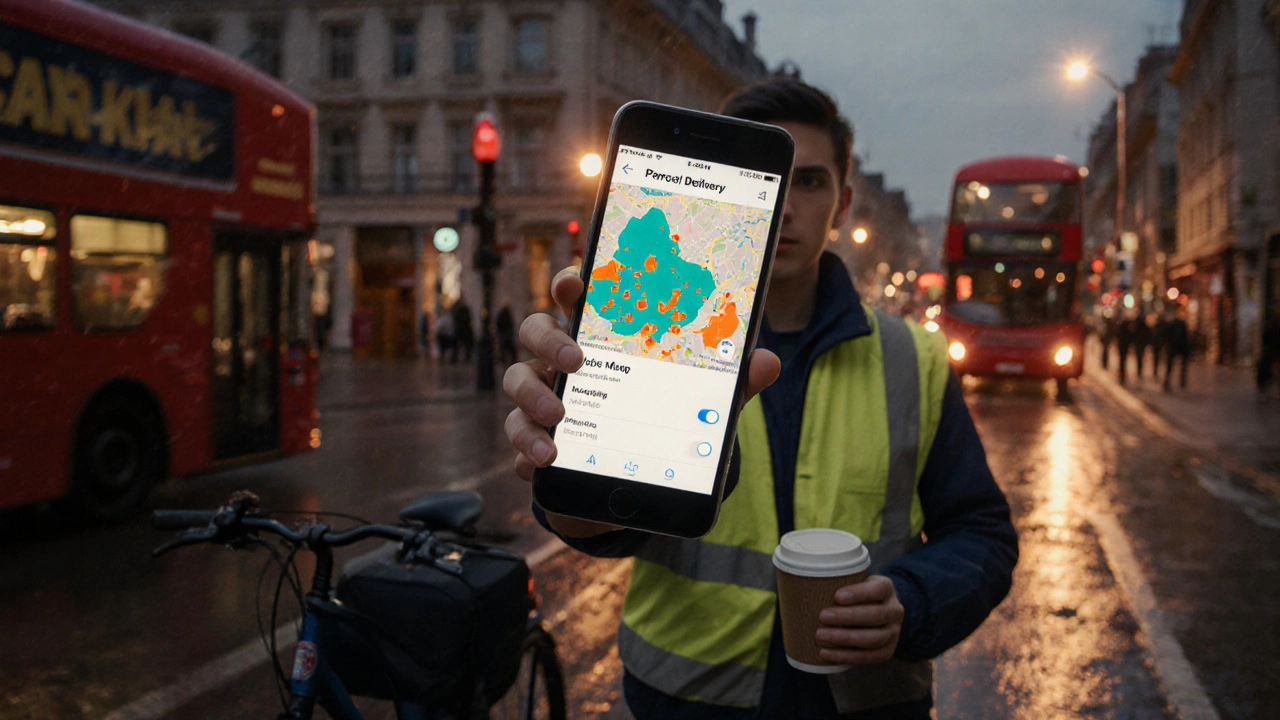Uber Deliveries UK: A Practical Guide for Drivers and Businesses
Ever wondered how Uber got into the delivery game in the UK? It’s not just about food – the platform now moves parcels, groceries, and even retail orders. If you’re a driver looking for extra cash or a shop owner hunting a fast last‑mile solution, this guide shows you the basics, the costs, and the tricks that make Uber deliveries work.
How Uber Deliveries Works for Drivers
Signing up is as easy as opening the Uber driver app. After you select the “Delivery” option, you’ll see a short onboarding questionnaire that asks about your vehicle type – a bike, scooter, or car works. Once approved, you get access to three main services:
- Uber Eats – food orders that need quick drop‑offs.
- Uber Direct – business‑to‑consumer parcels, like online shop shipments.
- Uber Connect – personal items such as documents or small gifts.
Each request shows the pickup location, drop‑off address, and an estimated earnings preview. You accept, pick up the item, and confirm delivery with a photo or signature, just like a regular courier.
Pay is calculated per trip, taking into account distance, time, and demand‑based bonuses. In 2025, most drivers report average earnings of £8‑£12 per hour after fuel costs, but you can earn more during peak times or by stacking multiple short orders in one run.
Why Businesses Choose Uber Deliveries in the UK
For a retailer, the biggest headache is getting parcels to customers fast without building an own fleet. Uber Direct offers a plug‑and‑play API that syncs with your e‑commerce platform, sending order details straight to the driver network. You get real‑time tracking, a single dashboard for all deliveries, and the flexibility to scale up during sales spikes.
Cost‑wise, Uber charges a variable commission – roughly 20% of the delivery fee – plus a small per‑order handling charge. That sounds high, but compare it with hiring a private courier: you pay for vehicle maintenance, insurance, and driver wages even when orders are low. Uber lets you pay only when you ship.
Another perk is speed. Because drivers are already on the road, many parcels reach customers within 30‑45 minutes in major cities like London, Manchester, and Birmingham. This rapid service can boost your customer satisfaction scores and reduce returns caused by late deliveries.
To get started, sign up for an Uber Direct merchant account, upload your product catalog, and set delivery zones. The platform handles insurance for the parcels, so you don’t need extra coverage for each shipment.
Whether you’re a gig‑economy driver hunting the next earn‑per‑mile boost or a small business craving a reliable last‑mile partner, Uber deliveries in the UK give you a flexible, tech‑driven option. Keep your app updated, watch for surge windows, and use the in‑app tips to maximize earnings. For retailers, tie your shop’s checkout to Uber’s API, define clear delivery windows, and communicate tracking links to keep customers in the loop.
Bottom line: Uber deliveries blend the speed of a bike courier with the scale of a big logistics network. Start small, track your results, and you’ll see how this gig‑driven model can fit into your everyday hustle or business plan.
Can You Use Uber as a Courier? A Practical Guide for UK Gig Workers
Learn how to become an Uber courier in the UK, from signing up and legal requirements to earnings, pros and cons, and tips for maximizing income.
Read More